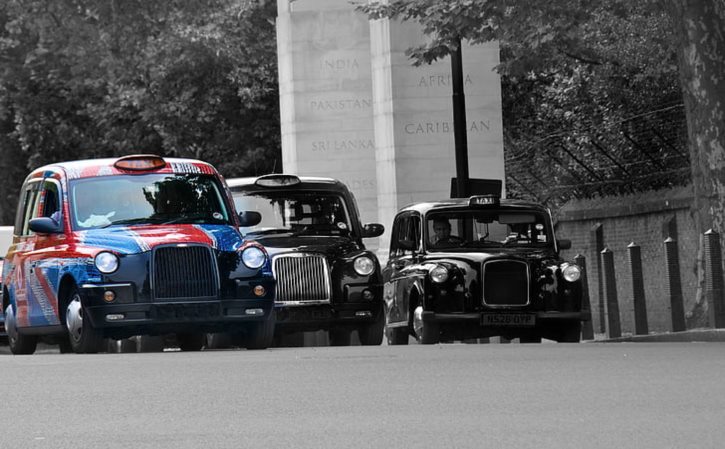北京导游英语口试导游词?(北京英语导游词)

北京英语导游词
Beijing is the birthplace of Chinese Civilization and one of the six ancient capital cities in China. During the last 3000 years it served as a capital for several dynasties. It is the second largest city in China with a population of more than 11 million. Beijing is neither cold in winter nor very hot in summer. The best seasons in Beijing are Spring and Autumn. Beijing is indeed an ideal place to visit all round the year.
Temple of Heaven in the southern part of Beijing is China`s largest existing complex of ancient sacrificial buildings. Occupying an area of 273 hectares, it is three times the area of the Forbidden City. It was built in 1420 for emperors to worship Heaven. The principle buildings include the Altar of Prayer for Good Harvests, Imperial Vault of Heaven and Circular Mound Altar.
Forbidden City, so called because it was off limits to commoners for 500 years, is the largest and best-preserved cluster of ancient buildings in China. It was home to two dynasties of emperors -the Ming and the Qing - who didnt stray from this pleasure dome unless they absolutely had to.
Great Wall of China, Also know n to the Chinese as the 10,000 Li Wall, the Great Wall of China stretches from Shanhaiguan Pass on the east coast to Jiayuguan Pass in the Gobi Desert. Standard histories emphasize the unity of the wall.
北京导游考试英语口试的导游词
找现成的导游词 再结合自己看主要景点 形成一套自己的导游词
急!!一篇关于北京英语导游词
Ladies and Gentlemen:
Welcome to the Great Wall. Starting out in the east on the banks of the Yale River in Leaning Province, the Wall stretches westwards for 12,700 kilometers to Jiayuguan in the Gobi desert, thus known as the Ten Thousand Li Wall in China. The Wall climbs up and down, twists and turns along the ridges of the Yanshan and Yinshan Mountain Chains through five provinces——Liaoning, Hebei, Shanxi, Shaanxi, and Gansu and two autonomous regions——Ningxia and Inner Mongolia, binding the northern China together.
Historical records trace the construction of the origin of the Wall to defensive fortification back to the year 656 B.C. during the reign of King Cheng of the States of Chu. Its construction continued throughout the Warring States period in the fifth Century B.C. Walls, then, was built separately by these ducal states to ward off such harassments. Later in 221 B.C. The most extensive reinforcements and renovations were carried out in the Ming Dynasty (1368——1644) when altogether 18 lengthy stretches were reinforced with bricks and rocks. it is mostly the Ming Dynasty Wall that visitors see today.
The Great Wall is divided into two sections, the east and west, with Shanxi Province as the dividing line. The west part is a rammed earth construction, about 5.3 meters high on average. In the eastern part, the core of the Wall is rammed earth as well, but the outer shell is reinforced with bricks and rocks. The most imposing and best preserved sections of the Great Wall are at Badaling and Mutianyu, not far from Beijing and both are open to visitors.
The Wall of those sections is 7.8 meters high and 6.5 meters wide at its base, narrowing to 5.8 meters on the ramparts, wide enough for five horses to gallop abreast. Two-storied watch-towers are built at approximately 400-meters internals. The top stories of the watch-tower were designed for observing enemy movements, while the first was used for storing grain, fodder, military equipment and gunpowder as well as for quartering garrison soldiers. The highest watch-tower at Badaling standing on a hill-top, is reached only after a steep climb, like "climbing a ladder to heaven".
There stand 14 major passes (Guan, in Chinese) at places of strategic importance along the Great Wall, the most important being Shanghaiguan and Jiayuguan. Yet the most impressive one is Juyongguan, about 50 kilometers northwest of Beijing.
Known as "Tian Xia Di YI Guan" (The First Pass Under Heaven), Shanghaiguan Pass is situated between two sheer cliffs forming a neck connecting north China with the northeast. It had been, therefore, a key junction contested by all strategists and many famous battles were fought here. It was the gate of Shanghaiguan that the Ming general Wu Sangui opened to the Manchu army to suppress the peasant rebellion led by Li Zicheng and so surrendered the whole Ming empire to the Manchus, leading to the foundation of the Qing Dynasty. (1644-1911)
As a cultural heritage, the Wall belongs not only to China but to the world. The Venice charter says: "Historical and cultural architecture not only includes the individual architectural works, but also the urban or rural environment that witnessed certain civilizations, significant social developments or historical events." The Great Wall is the largest of such historical and cultural architecture, and that is why it continues to be so attractive to people all over the world. In 1987, the Wall was listed by UNESCO as a world cultural heritage site.
英文导游口语考试都有哪些内容?可分为几项?不会是仅仅背诵一下景点译词就可以了吧?还有其他提问吗?
口语考试分为两部分:
第一部分是景点导游词的考察
不知道你是不是考北京的导游证,07年以前北京景点这部分的考试有六大景点十一道题,即:
天安门及天安门广场的今夕
故宫概况及午门
故宫前朝及中路(太和门至保和殿)
故宫后庭及中路(乾清门至神武门)
颐和园概况,政治区及生活区(自牌楼至乐寿堂)
颐和园万寿山山前景区(长廊,中轴线建筑及昆明湖)
天坛概况及祈谷坛建筑群
天坛圜丘坛建筑群
十三陵概况神路、长陵
十三陵定陵
八达岭长城及长城历史
考试抽题签决定考题,07年后增加了一些景点的考试,你看可以购买刘爱服老师的两本英文导游作为教材。
第二部分是北京景点知识的问答,一样是抽题签,一般会有6-8个问题,老师问考生用英文回答。
两部分的分值比例为60:40,两项考核总分超过60分为通过口语考试
口语考试主要考察的是学员对景点导游词的学习程度,对于这个考试,没有什么捷径,只要你能充分的准备导游词,并且背熟,考试时不要紧张,其实是很容易通过的,祝你考试成功
